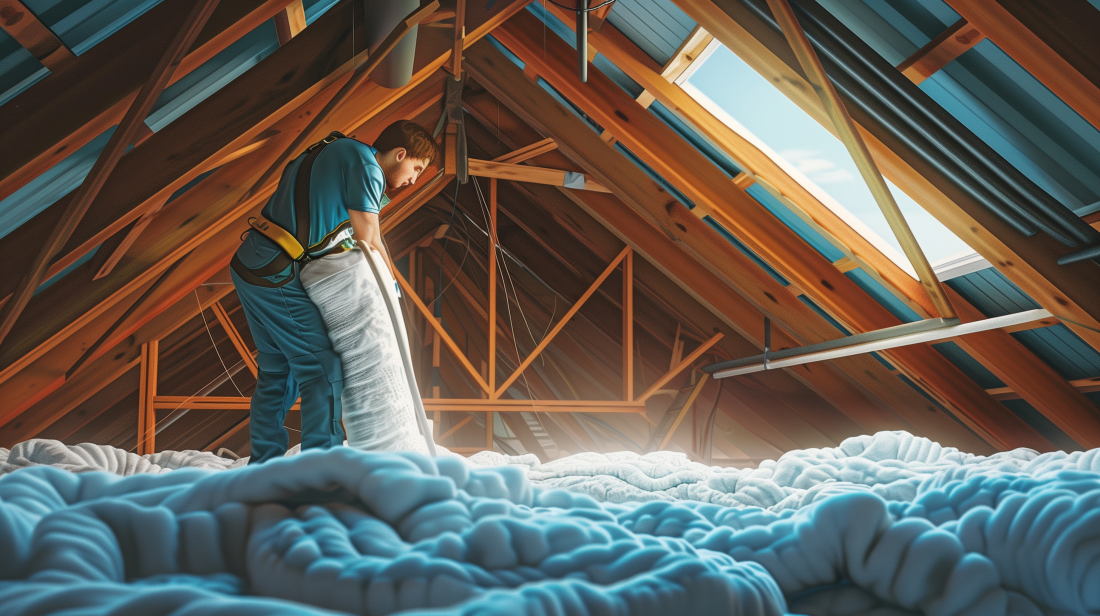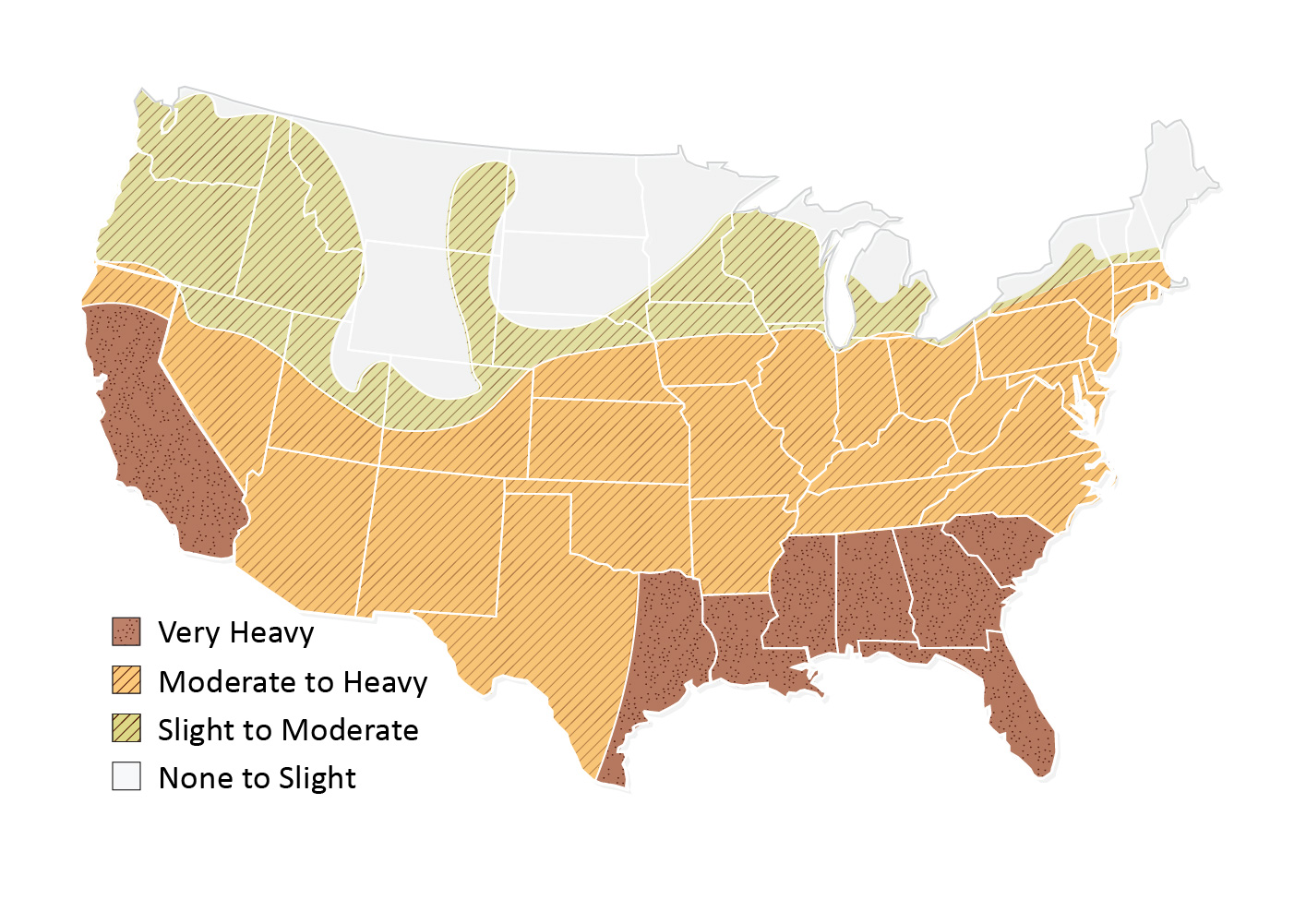Welcome to our latest blog post, where we delve into the critical realm of moisture control in construction. Moisture management is not merely about keeping things dry; it’s about safeguarding your investment and ensuring the longevity of your home or building. In this article, we’ll outline the importance of using water-resistant materials, the significance of proper moisture testing, and essential guidelines for ensuring your construction project stays dry from the inside out.
Technical Description:
- Wood, drywall, and other building materials are vulnerable to moisture damage in areas exposed to water like bathrooms and entryways.
- Water-resistant materials such as tile, stone, and fiberglass-based wallboard should be used in these areas.
- Carpets should be avoided in damp spaces.
- Dimensional lumber for framing should have a moisture content ≤18% as recommended by ENERGY STAR.
Alternate Terms:
- Dry-by-Design Materials
- Interior Moisture Control Technology
- Professionally-Installed Interior Water Protection
Scope:
- Do not install drywall if framing or insulation materials are damp.
- Test framing, sheathing, and insulation for dampness before enclosing walls.
- Follow manufacturer’s specifications for wet-applied insulation products.
Description:
- Moisture trapped during construction can lead to mold, mildew, and structural damage.
- Wet building materials should be allowed to dry before enclosing walls to prevent moisture-related issues.
- Moisture content of framing materials should not exceed 18%.
Measuring Moisture Content of Framing Materials:
- Use a moisture meter to test wood moisture content.
- Ensure materials are dry before installation.
- Follow manufacturer’s specifications for drying wet-applied insulation products.
Compliance:
- ENERGY STAR and DOE Zero Energy Ready Home programs require adherence to moisture control measures.
- Lumber moisture content should be ≤ 18% for compliance.
2018 International Building Code (IBC)
- 2303.1.9.2 Moisture content: preservative wood in enclosed locations shall be at 19% moisture content or less before covering with insulation, wall finish, floor covering or other materials.
By utilizing water-resistant materials, conducting thorough moisture testing, and following essential guidelines for interior moisture control, you can ensure your home or building remains protected against the potential hazards of excess moisture.
At Allied Emergency Services, INC, we understand the importance of proper moisture management in construction projects. Our team of experts is dedicated to providing comprehensive solutions to help safeguard your property against water damage and ensure peace of mind for years to come.
For immediate service or consultation, you may contact us at Allied Emergency Services, INC.
Contact Information:
- Phone: 1-800-792-0212
- Email: Info@AlliedEmergencyServices.com
- Location: Serving Illinois, Wisconsin, and Indiana with a focus on the greater Chicago area.
If you require immediate assistance or have specific questions, our human support is readily available to help you.
Disclaimer: This article is intended for informational purposes only. For professional advice, consult experts in the field.









